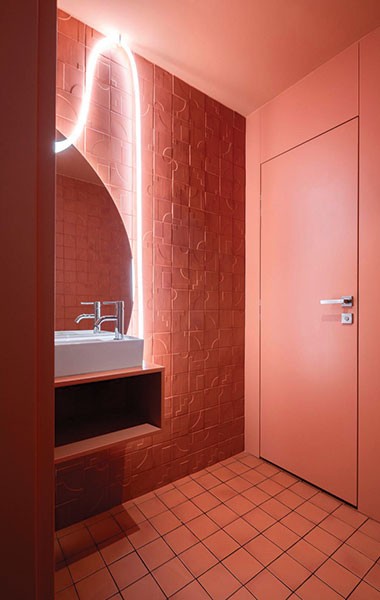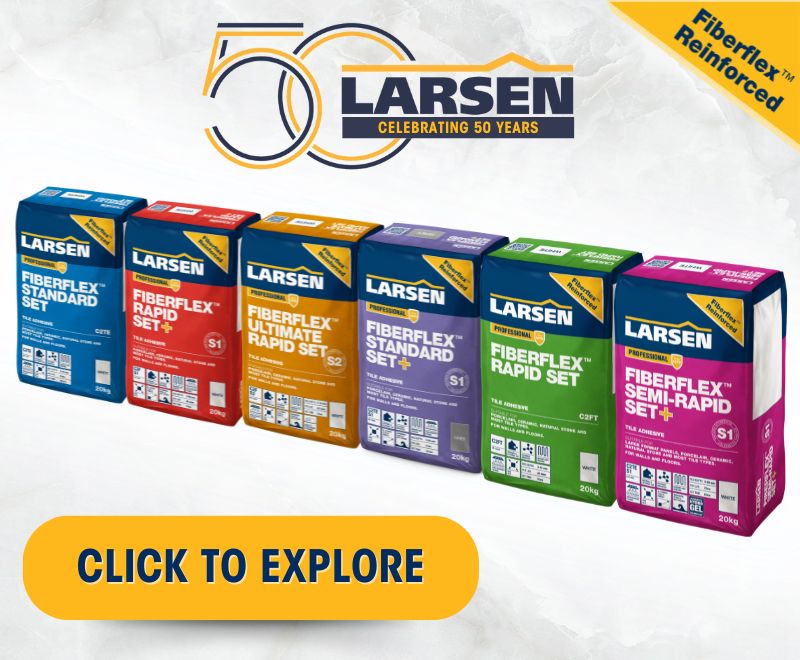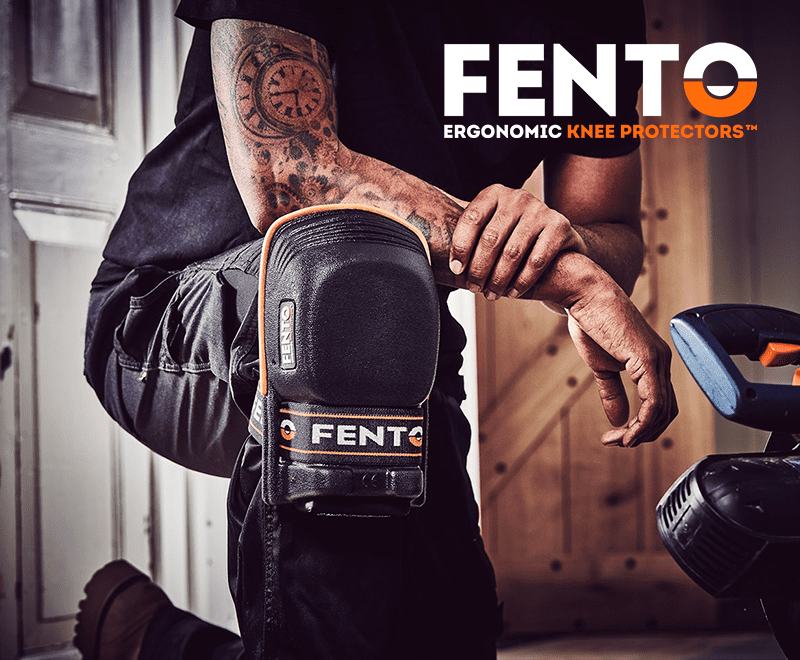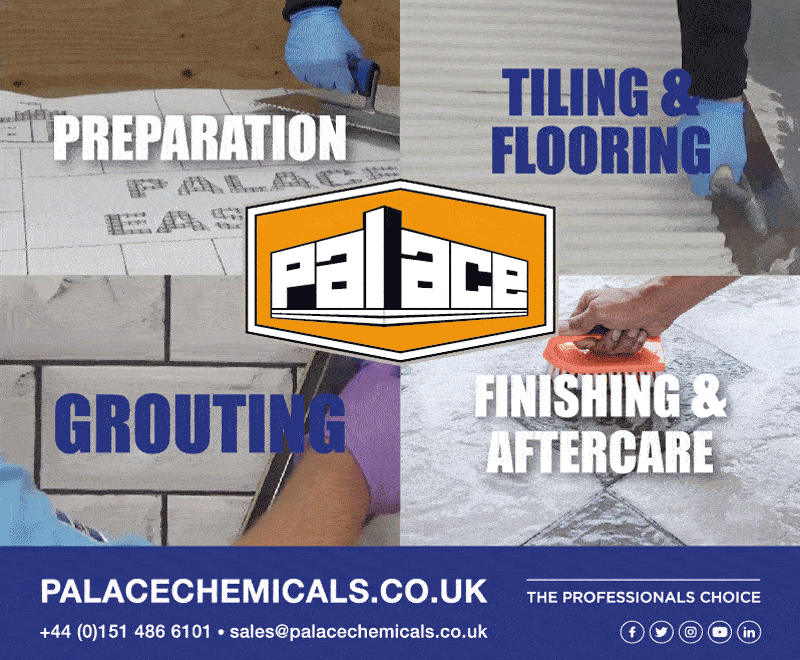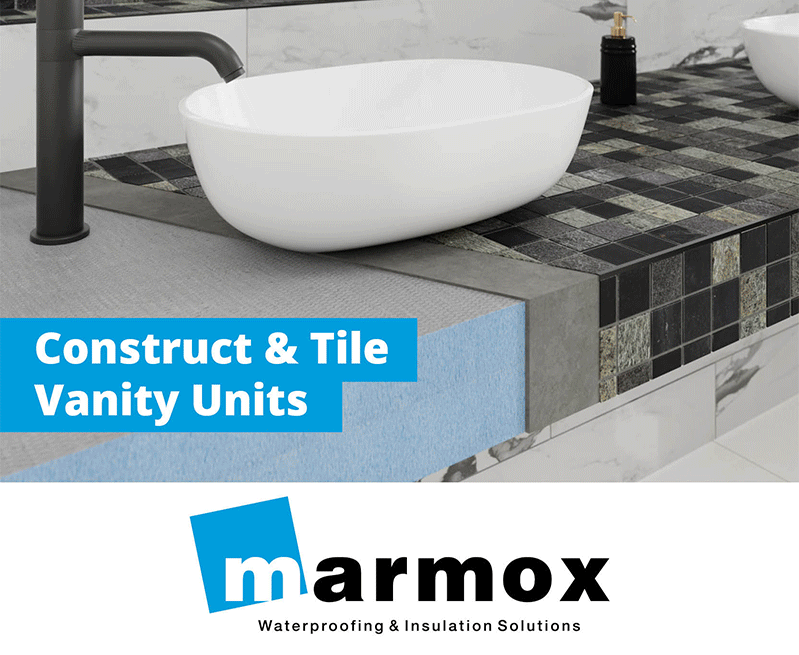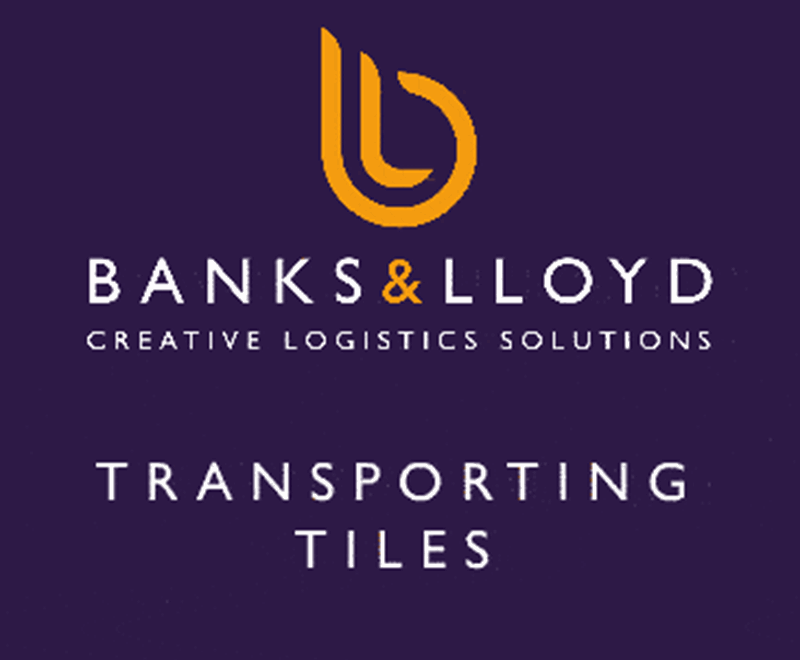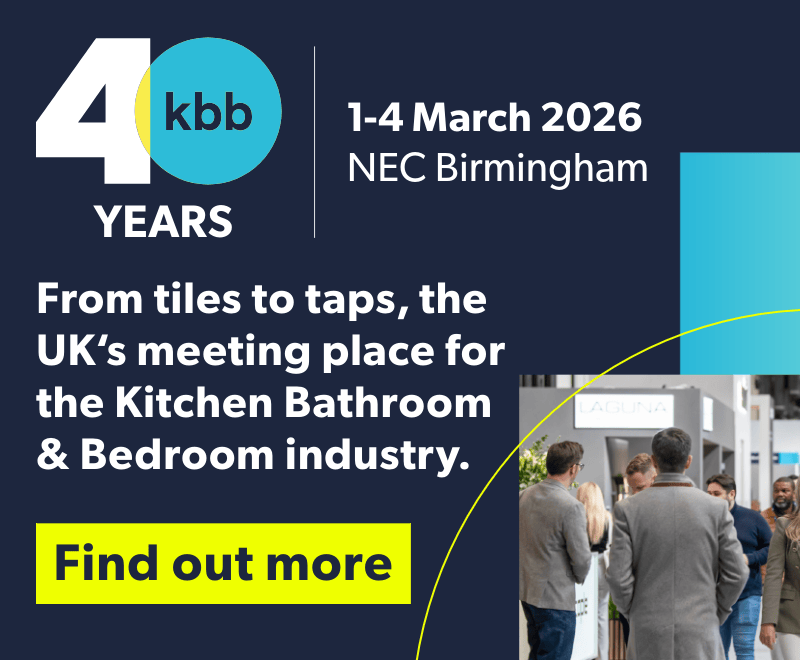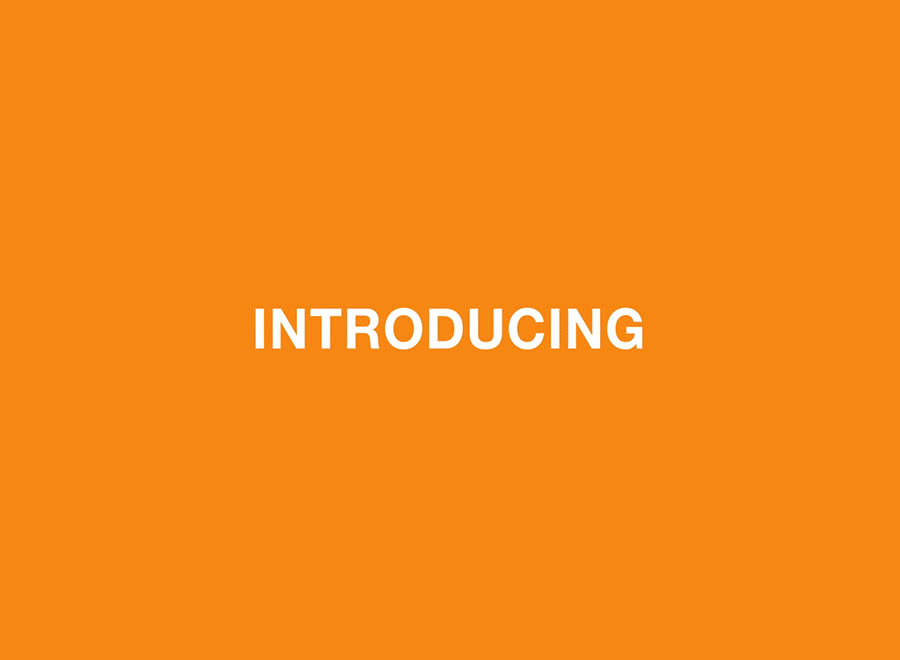IN the heart of Bratislava, surrounded by the dynamism of its historic center, Narbon Restaurant emerges as a space where architecture, Mediterranean tradition, and ceramic design come together. Conceived by the studio Čakov & Partners, this restaurant is described to captivate not only with its healthy, Mediterranean-rooted cuisine, but also with an immersive interior that champions authentic materials, natural light, and tactile textures.
In this setting, WOW Design’s ceramics is described to become a key element of the project, giving each space its own identity through two collections that blend ‘functionality, beauty, and symbolic depth’: Icon, by Summumstudio, and Cashba, inspired by Arabic and Mediterranean architecture.
Ceramics define the space and become narrative material
At Narbon, ceramics are said to go beyond their traditional role as wall coverings and become an essential architectural tool: they structure and define the space, act as visual filters, and create texture, volume, and even light. This restaurant is described as a celebration of sensory experience, reimagined Mediterranean memory, and emotional design. WOW Design’s ceramics is to become a narrative language, an architectural skin, a material expression of a thoroughly curated identity, says the company.
It adds: ‘The Icon screen, in terracotta tones, is a three-dimensional piece designed as a contemporary brise-soleil. Its lightweight, perforated geometry allows for the creation of panels that filter light and generate transitional spaces. Designed by Summumstudio and produced by WOW Design, Icon strikes a balance between innovation and tradition: it evokes the handcrafted feel of fired clay while integrating advanced ceramic technology. At Narbon, this piece takes centre stage on an entire dining room wall, creating a play of light and shadow and adding warmth.’
‘It’s also used in the bathrooms as a dividing element with a dual aesthetic and functional purpose: to separate without isolating, to filter without hiding. Its ability to create serene atmospheres makes it ideal for projects that seek sustainable character.’
In the restrooms, the Cashba cladding is said to introduce a more intimate yet equally powerful language. Inspired by Arabic fortresses and the vibrant colors of Ricardo Bofill’s La Muralla Roja, this collection combines flat and relief tiles to create visually striking surfaces, says the company.
It adds: ‘Its three-dimensional version, with subtle cubic shapes and a matte finish, transforms vertical planes into a soft shadow tapestry. The reddish terracotta tone used in Narbon seamlessly integrates with the restaurant’s overall aesthetic, reinforcing the visual and chromatic continuity between public and private areas.’
www.wowdesigneu.com
